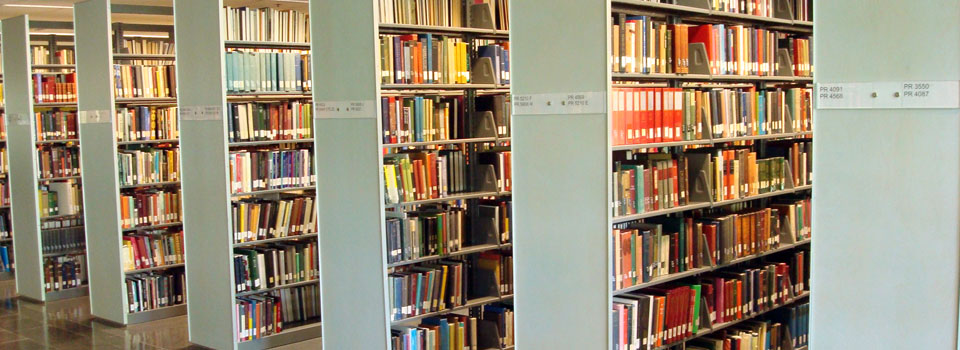VIC327 Digital Material Culture
Libraries vs. Archives
There are two main types of research institutions in which you can find primary sources: libraries and archives.
Libraries tend to collect published material while archives focus on collecting unpublished material. In reality, the boundaries between the two are often blurred. Here are some major differences between libraries and archives.
| Libraries | Archives |
| Open stacks | Closed stacks |
| Collect published material (e.g. books, journals). | Collect original, unpublished material (e.g. letters). |
| Material is organized within a classification system such as Library of Congress call numbers. | Material may be organized in the way the collector organized his/her collection. |
| Other copies of the material may be available in other libraries. | Unique material. |
| Material is described on an individual level (e.g. catalogue record for a single book). | Group of material is described on a number of different levels: fonds level, series level and item level. |
| Items circulate; you may take the material home. | Items do not circulate; you cannot take the material home. |
| You search for materials on your subject using an online catalogue. | You search for materials on your subject using finding aids (listing of everything in the fonds). |
Other Major Differences
Library and archive materials also differ in the following ways:
Intent of Creation
Books are meant to be read so the author has the researcher in mind. Archival materials are the by-products
of everyday activity.
Specificity of Subject
Books are usually about a specific subject but archival materials from the same author may deal with more
than one subject.
Accessibility
Library materials are arranged to facilitate browsing (hence open stacks) but researchers are not able to
browse archival holdings (closed stacks).
Self-Contextual
Everything you need to understand a book is contained within itself, but archival records derive their
meaning from their context so you may need to read other documents to understand the one in question.
created by: Agatha Barc & Colin Deinhardt | updated: 12 January 2018
